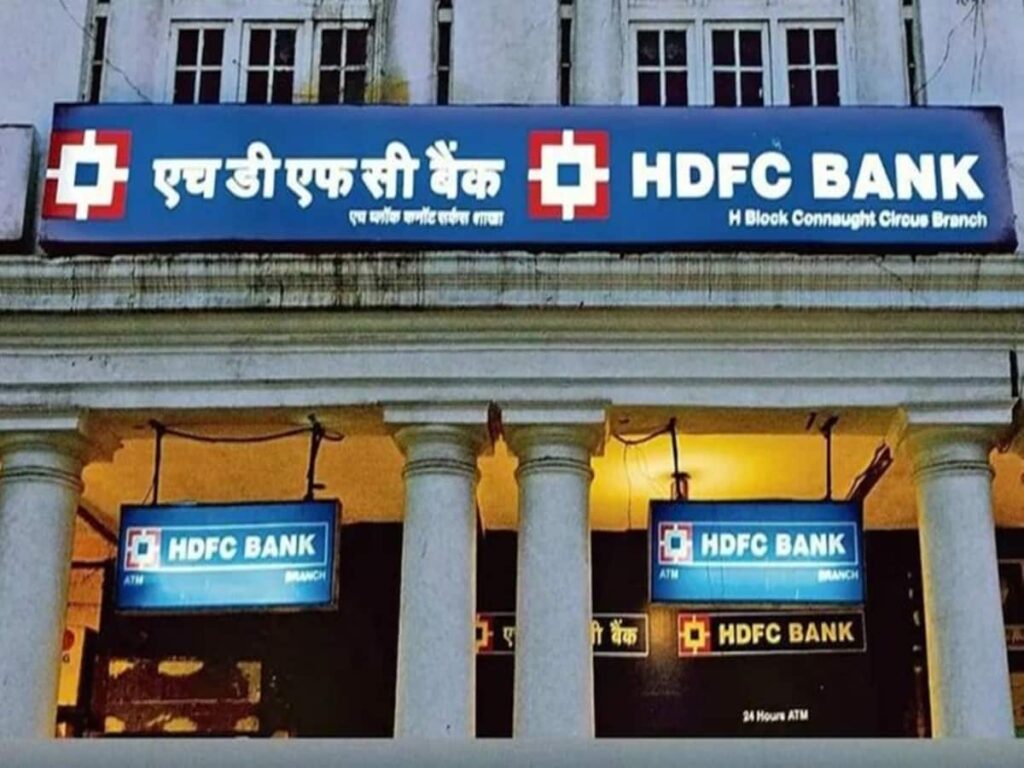The recent decision by the Reserve Bank of India (RBI) to reduce the repo rate has stirred discussions across the banking sector. As of today, the repo rate has been cut from 6.50% to 6.25%, a move that experts had long anticipated. This decrease in the repo rate generally leads banks to lower their Marginal Cost of Funds based Lending Rate (MCLR). However, contrary to expectations, HDFC Bank has opted to raise its MCLR, prompting inquiries about the implications for borrowers and the banking industry.
Understanding MCLR and Its Significance
The Marginal Cost of Funds based Lending Rate (MCLR) is a crucial rate at which banks lend money to borrowers. It is determined by various factors including the cost of funds, operating expenses, and the risk premium. Changes to the MCLR can significantly affect loan rates for consumers and businesses.
How MCLR Affects Borrowers
| Loan Type | MCLR Impact |
|---|---|
| Home Loans | Higher MCLR means higher EMIs for borrowers. |
| Personal Loans | A rise in MCLR can increase the cost of borrowing. |
| Car Loans | New customers may face higher interest rates. |
Reasons Behind HDFC Bank’s Decision
HDFC Bank’s decision to increase its MCLR despite a reduction in the repo rate could stem from several strategic considerations:
- Fund Cost Management: Banks may face rising costs in attracting deposits, necessitating a rise in lending rates to maintain profitability.
- Profit Margins: Maintaining healthy profit margins in an increasingly competitive environment is essential for sustainability.
- Risk Assessment: The bank may be adjusting its rates in response to perceived risks in the lending market.
Analysis of Market Reactions
The market’s reaction to HDFC Bank’s MCLR hike has been mixed. On one hand, it is viewed as a cautious approach considering future economic uncertainties. On the other hand, borrowers may perceive this as a setback, especially during a period when rates were expected to decrease. Analysts predict that other banks may follow suit if they observe similar pressures regarding funding costs and profitability.
Future Outlook for Borrowers
With the RBI’s recent repo rate cut, the expectation was that banks would pass on the benefits to consumers. However, with HDFC’s adjustments, borrowers should stay vigilant and consider the following points:
- Review existing loan agreements to understand MCLR implications.
- Monitor announcements from other banks for competitive offers.
- Consider fixed-rate options if there is an anticipated rise in lending rates.
Conclusion
The increase in HDFC Bank’s MCLR following the RBI’s repo rate reduction introduces complexity to the lending landscape. While banking strategies are influenced by multiple factors beyond the central bank’s rate adjustments, borrowers need to remain informed and proactive in managing their loans. The ongoing shifts in monetary policy and market dynamics underline the importance of staying updated on lending rates and conditions.
